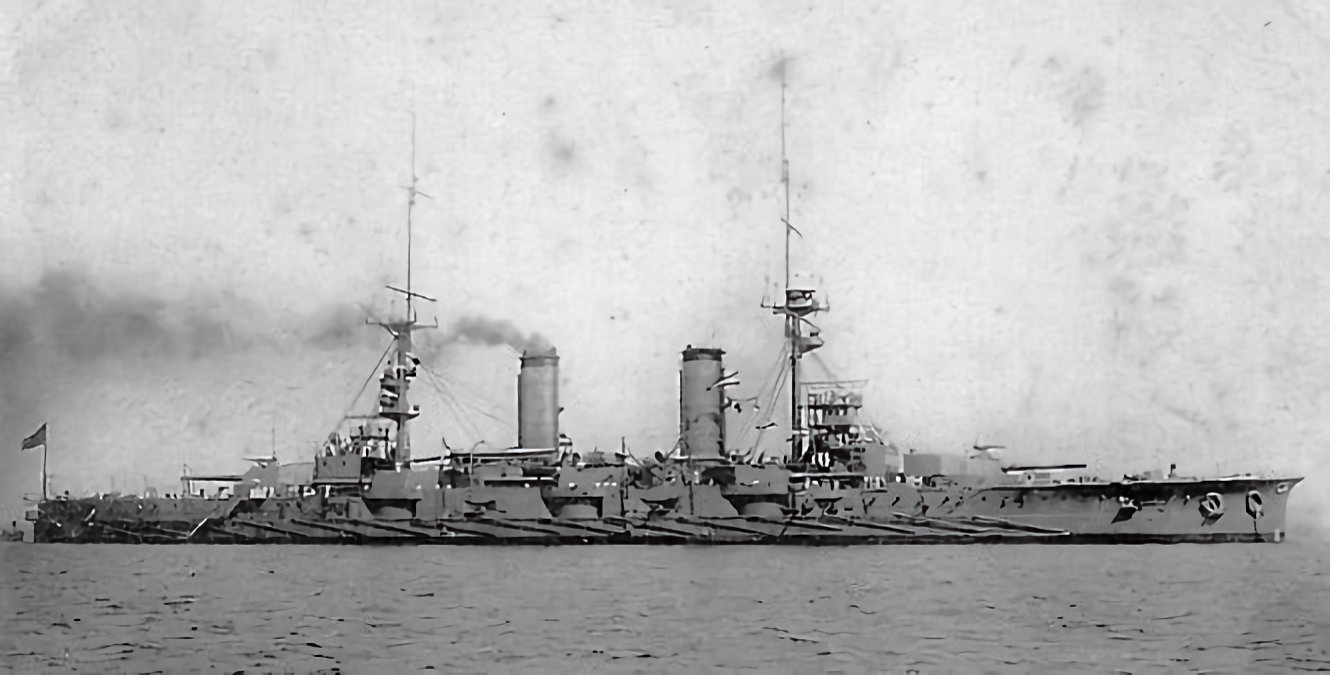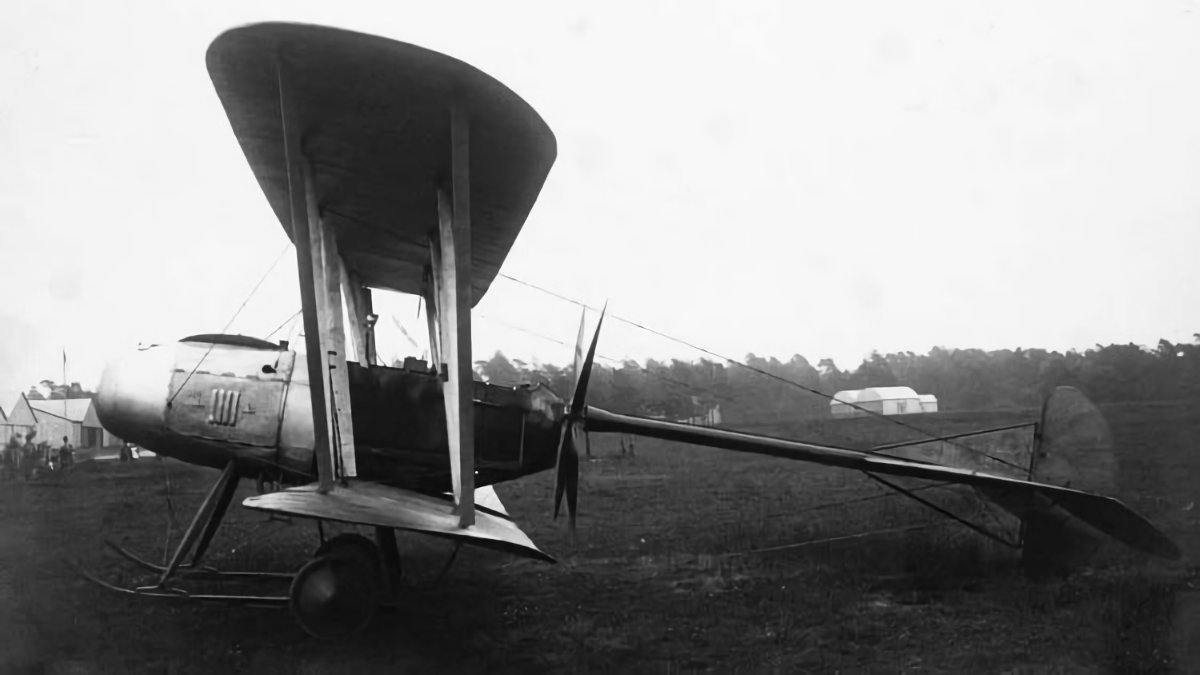Tag: World War One
-
Japanese Battleship Satsuma

Japanese Battleship Satsuma Launched on 15 November 1906, Satsuma was a semi-dreadnought of the Imperial Japanese Navy. She was the first battleship built in Japan. Commissioned on 25 March 1910, her participation in World War One consisted of leading the squadron that occupied the German colonies of Caroline and the Palau Islands in October 1914.… Read more
-
Wight Quadruplane Fighter

Wight Quadruplane Fighter First Flying in mid-1916, the Wight Quadruplane was a single seat fighter. The initial design had two cabane struts of long chord length supporting the upper wing. Four similar type interplane struts were used between the upper three wings, all of which had ailerons. Due to the position of the lower wing,… Read more
